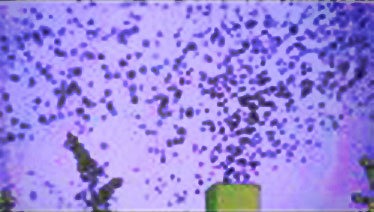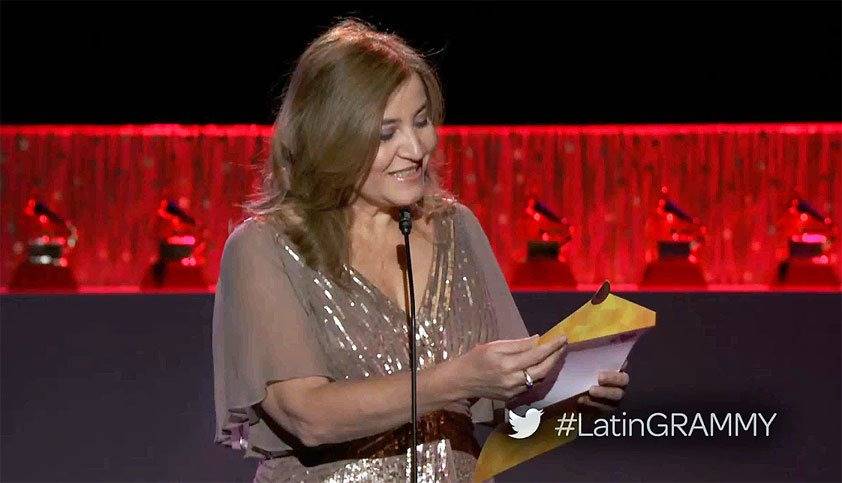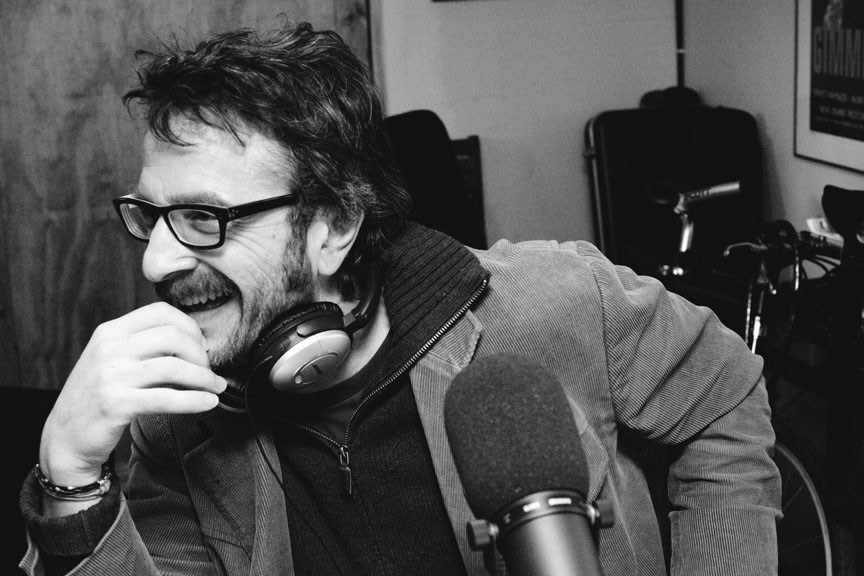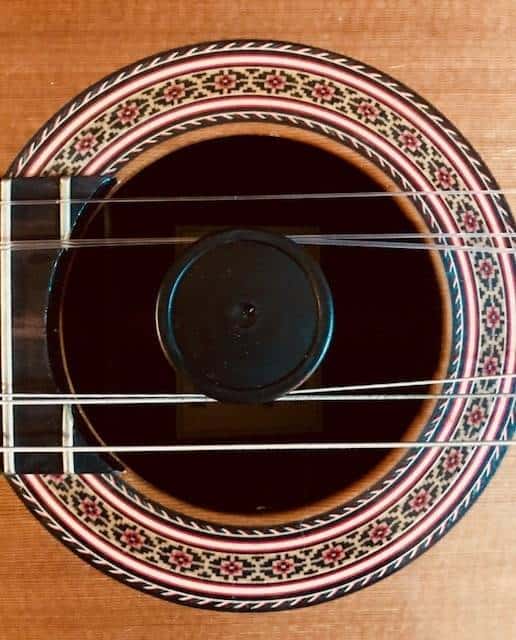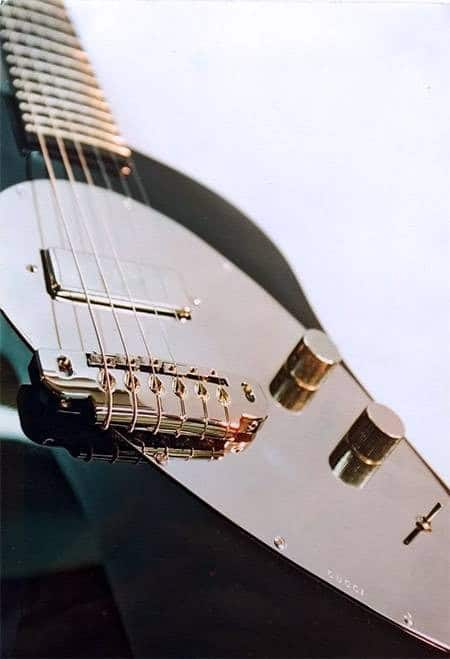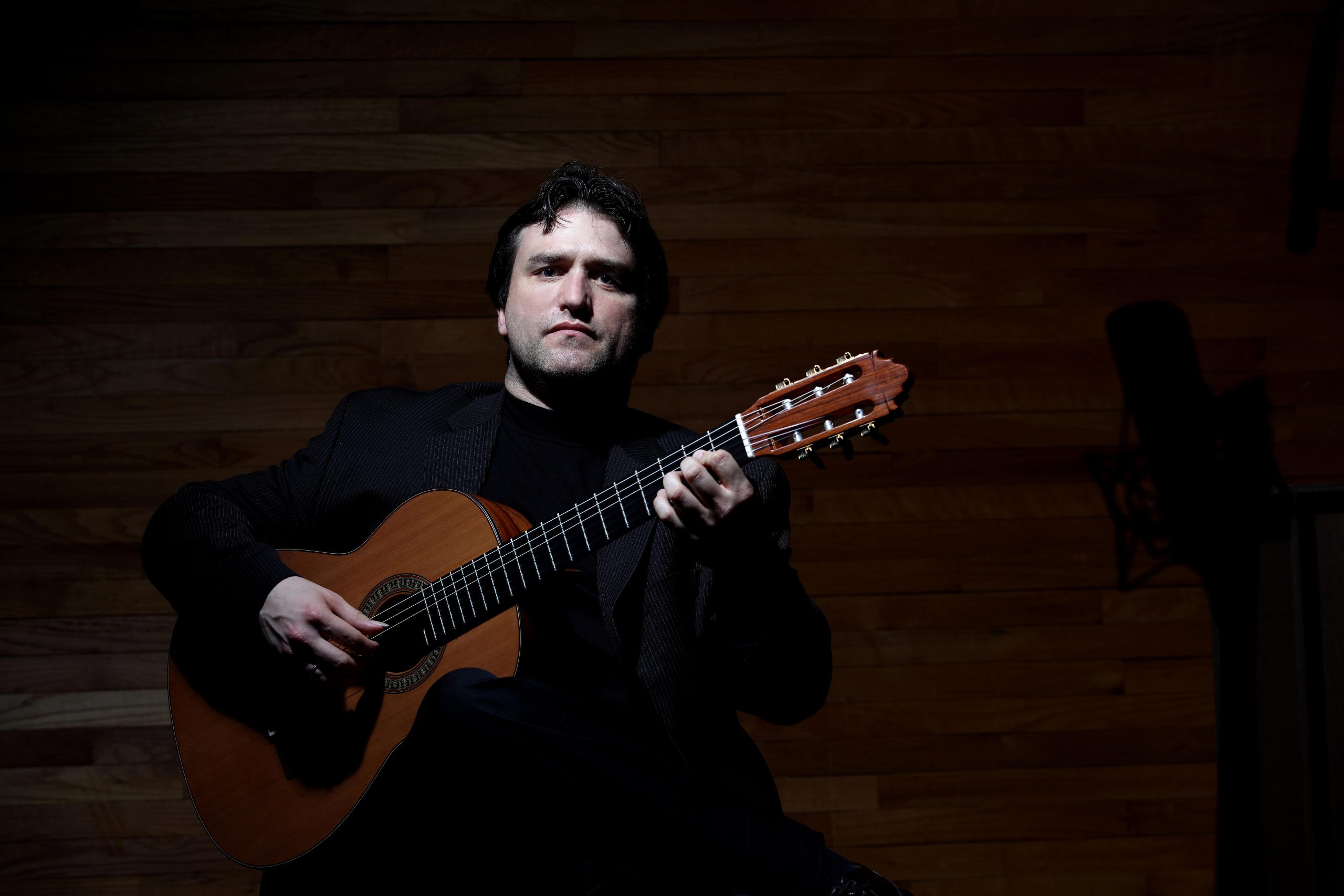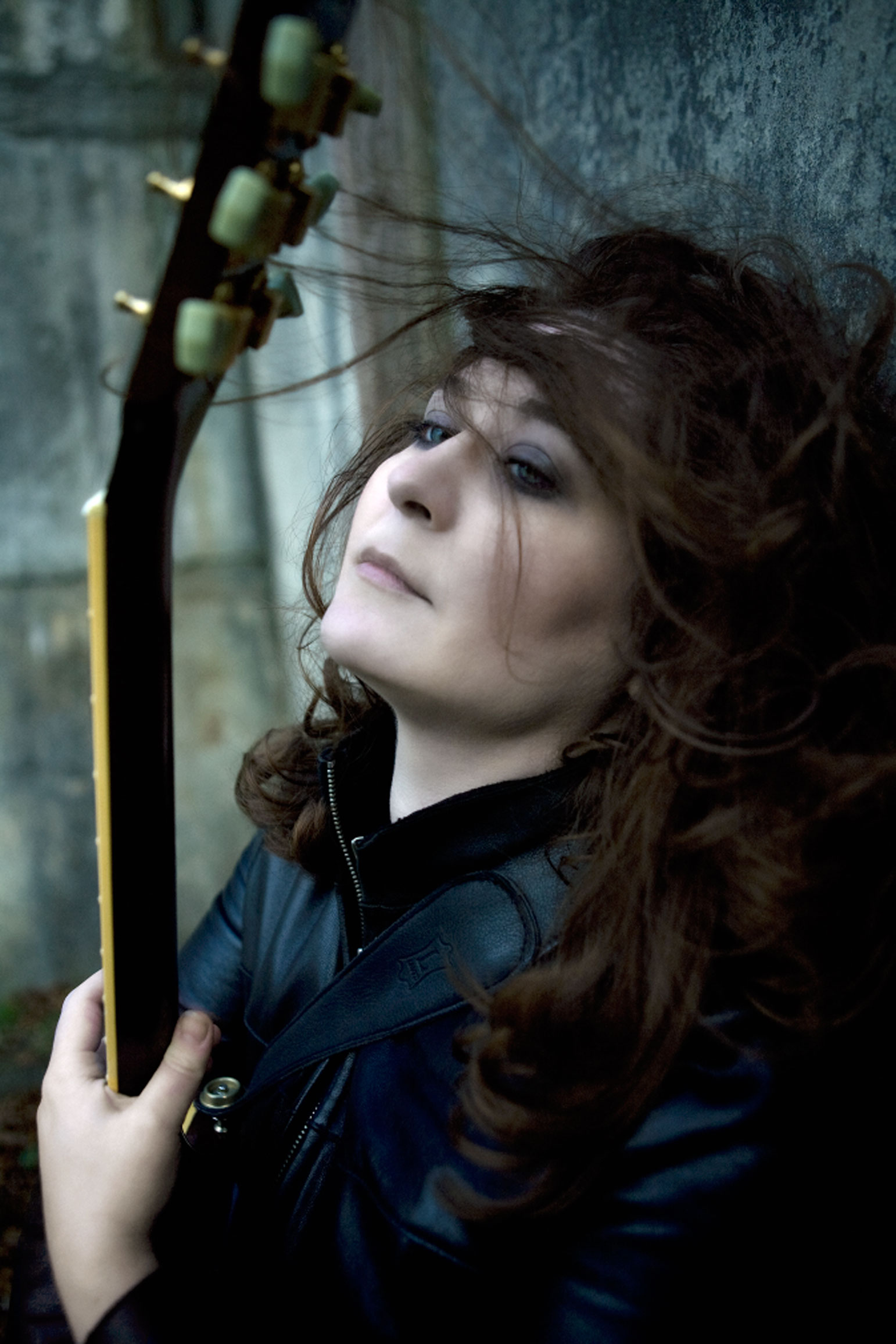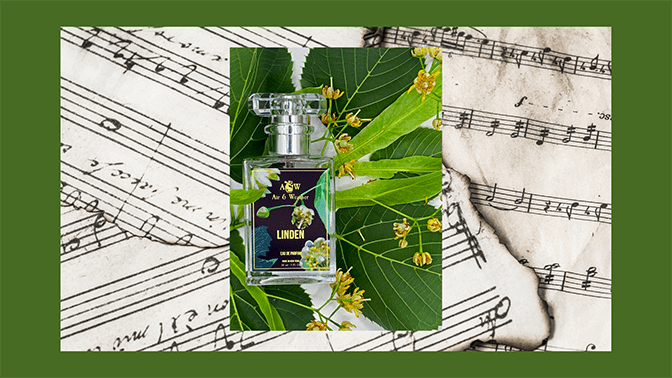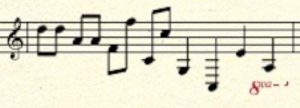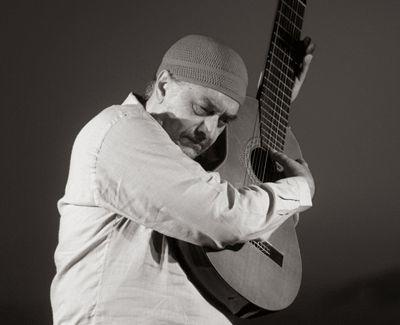
In advance of Egberto Gismonti’s concert September 12th at Symphony Space, presented by the Americas Society, the legendary Brazilian jazz musician graciously agreed to interview with The Guitar. [This post will be updated shortly after 9/12 with concert photos and a review.]
Egberto Gismonti’s five-decades-long career in music reflects the heart, sophistication and diversity of Brazilian soul, from its indigenous, popular, dance and classical styles, to a musical voice steeped in jazz and infused in its own complex and distinctive sound. He has released over 60 albums in his career and has written for film and ballet.
For his upcoming concert at Symphony Space, Gismonti will be performing solo works on the piano as well as solo works on the guitar.
Anyone who has ever played the piano knows that if a playing finger hits a piano key at an unexpected angle, the note will likely play as intended. However, any slip on the guitar can lead to infinite possibilities of missing the note altogether. When asked how he negotiates the digitally dexterous differences of technique as graceful as a tightrope walker between the two instruments, Gismonti responded:
“My natural use of these two instruments was due to the fact that I started my piano studies very early, at age 6, prompted by my Lebanese father’s desire for me to study an aristocratic instrument,” Gismonti says. “A bit later, under the influence of my Italian mother, I started studying the guitar. She used to say, ‘Va bene il pianoforte, ma dove è la serenata? The piano is good, but where is the serenade? ’ Because of this, I learned two technically contradictory instruments yet, little by little, each one came to influence the other.
Regarding his custom-made 10, 12 and 14-string guitars, Gismonti’s biography mentions that he tried to transpose the piano’s polyphonic quality. “In reality, my desire, or my objective, wasn’t that the guitar would somehow become a piano,” he says. “The piano became more contrapuntal and polyrhythmic with the use of two or three parts substituting for the traditional ‘chords’ and ‘melody’ played by the left and right hand, respectively. The guitar gained extra strings so that the range would not be so much more limited than the one I heard on the piano. After the initial explorations I realized that I had to have the strings in a different position than that of a traditional 6-string guitar.
“Instead of tunings that started in the high register and extended into the low end in a descending sequence, I opted for different contours that fit my hands, which were accustomed to pianistic polyrhythms. For that reason, my musical thought, as a soloist on two contradictory instruments, is in a process of becoming a unified thing. As a reference, I have included the tunings I use on my 10- and 12-string guitars.” (See his notations below.)


“The possibility of working with Ralph Towner emerged from the ‘ECM Tour’ in 1979 or 1980. There we were: Keith Jarrett and his group–Charlie Haden, Jan Garbarek, and a drummer, whose name escapes me—Oregon–Ralph Towner, Colin Walcott, etc.– and Naná Vasconcelos and myself. There were many European cities and countries playing in theaters where Keith was the big star, Oregon an important band, and my poor duo ‘Dança das Cabeças’, Naná and I. Toward the end of the tour, we had had many offstage gatherings. By coincidence, I was going to record the album Sol do Meio Dia and invited Towner, Garbarek, and Colin Walcott.
“Everything in that album we had played together in hotel rooms and situations that did not involve being onstage. Musicians teach you that the happiness of living with music is the most important thing,” Gismonti says. “I learned that from them.
“I met Charlie in California when I played with my group in San Francisco’s oldest nightclub, Great American Music Hall. During intermission, he came backstage and introduced himself, ‘I am Charlie Haden, bass player…’ and then asked if he could play with us. I invited him to join us on the second set. After that, we had a long-lasting and faithful friendship. Of all these people, I’d say that it was with Charlie that I had a truly musical friendship. He was an extraordinary person and creator, with a beautiful story. A beautiful friend.”

“Besides de Andrade, who embraced all aspects of literature, theatre, painting and music, there are others that are stimulating and foster our knowledge of Brazilian identity: Darcy Ribeiro, Ariano Suassuna, Manoel de Barros, Pixinguinha, Cartola, Nelson Cavaquinho, Radames Gnattali, Carlos Gomes, Tom Jobim, Dorival Caymmi, Jorge Amado, as well as many others…
“Besides this intense roster of cultural varieties and variations, we also have the Brazilian Indians, the cantadores, the pajés–everything together and mixed.”
* * *
Concert Details
Friday, September 12, 2014, 7 PM
Peter Norton Symphony Space
2537 Broadway at 95th Street
New York
Ticket details can be found here.
* * *
A quick video from Gismonti’s recent concert for Savassi in Brazil:
* * *
Ralph Towner, mentioned in this post, is an interviewee in My First Guitar: Tales of True Love and Lost Chords (ECW Press).

